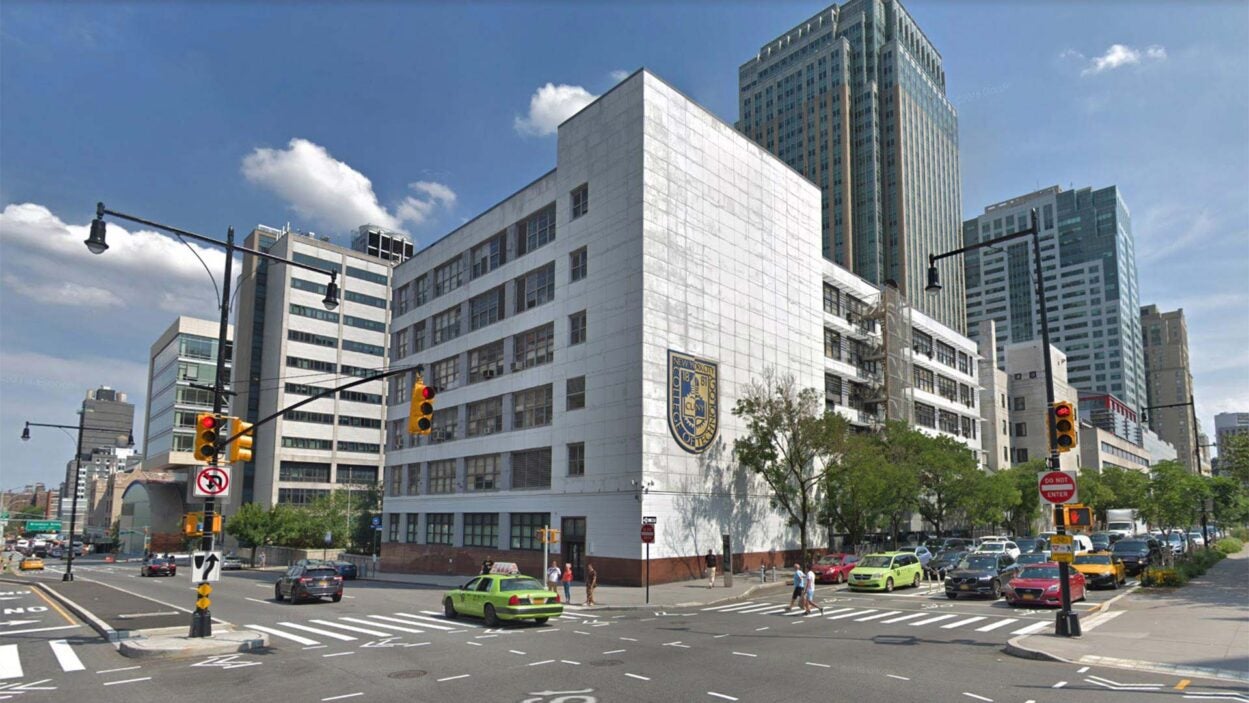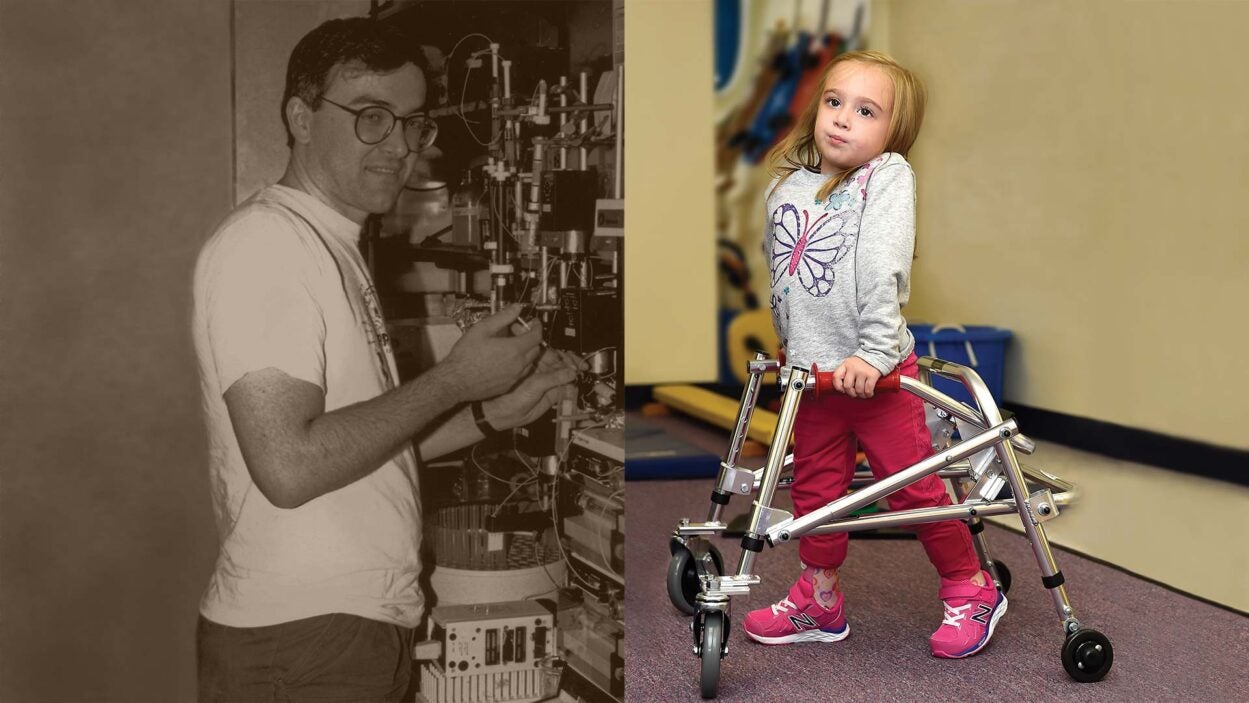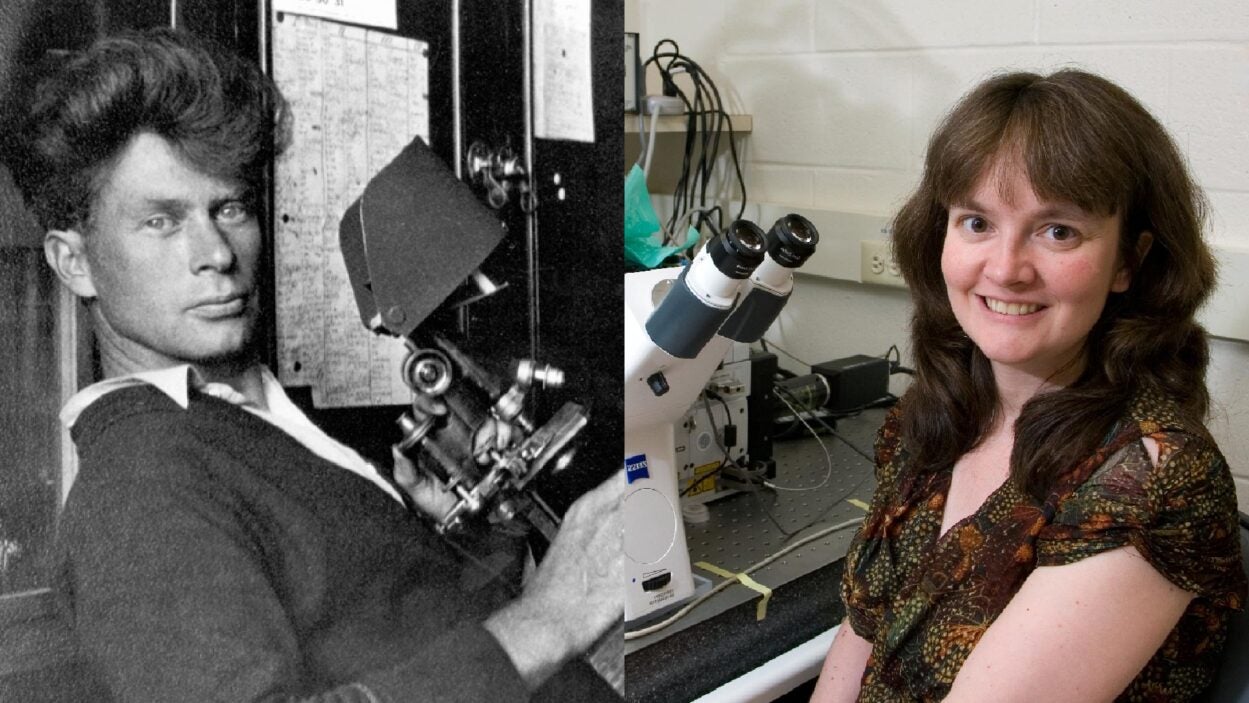Chief Operating Officer’s Report
With the close of 2019, I completed my first full year as chief operating officer inspired by the passion of Cold Spring Harbor Laboratory’s (CSHL) faculty, students and employees. Thanks to their efforts, 2019 was a successful year for the Laboratory, scientifically, operationally, and financially. In 2020, it will be the CSHL family’s continued dedication and passion to advancing biology that will drive CSHL through the current COVID-19 pandemic to a bright future.
CSHL seems to endure and even flourish in times of rapid change, demonstrated by the resiliency it has shown over more than 130 years. Along the way, the leadership of this institution has recognized that its investments in research and education must be for the long-term. So, we continue to budget conservatively and maintain fiscal discipline throughout each and every year. Our long-term perspective considers the necessary rigor of the scientific method.
Almost paradoxically, CSHL’s historic success in discovery science and education is the result of a commitment to innovation and the ability to be nimble in adopting new technologies and approaches to yet unanswered questions. Our conservative financial approach actually allows us to pursue research and hiring opportunities in the very dynamic environment in which we operate.
In 2019 the Laboratory’s operating results included higher than budgeted third-party revenues and lower than budgeted expenses, resulting in a surplus of $1.6 million. Operating revenues totaled $185.9 million, which included $117.8 million of external grant funding, $39.8 million of non-research division support and $28.4 million of contributions from the endowment, annual fund, interest, and royalties.
Growing the endowment, especially unrestricted funds, remains a strategic priority of the Board as federal and private grant funding becomes increasingly competitive. Endowment balances grew from $595 million to $665 million during 2019, net of the operating draw, gifts and investment returns. Endowments are meant to provide inter-generational equity and the trailing 10-year return through 2019 of 7.1% exceeded CPI inflation by 5.5%. The Board-approved spending policy is to appropriate 4.5% of the trailing 12-quarter average endowment value for operations. The involvement of the Board of Trustees’ Investment Committee in managing the endowment has and will continue to be invaluable as we will be challenged by the reactions of global financial markets to the developments and ramifications of the pandemic.
For CSHL, the initial outbreak of the COVID-19 pandemic in Wuhan, China impacted the Laboratory’s CSH Asia meetings program located in Suzhou, China. As early as January 26, CSH Asia canceled meetings and employees were sequestered at home. The situation in China also restricted the operations of the DNA Learning Center (DNALC), which provides programming through relationships with Chinese provinces and private schools.
From that time on, all CSHL facilities on Long Island progressively implemented precautionary measures to protect visitors, faculty, students, and employees. These measures included cancellation or postponement of in-person programming as provided by the Meetings & Courses Program, Banbury Center, and the DNALC, and implementation of work from home orders for the Laboratory’s non-essential research and education divisions and administrative staff. We look forward to returning to campus and attempting a ramp-up to get back to pre-COVID-19 productivity starting this summer.
Clearly, organizations as complex as CSHL benefit from appropriate longer-range planning and an ongoing review of systems, practices, and policies that provide the framework for efficient, effective, and compliant operations. Last year management commenced several projects with this philosophy in mind and we can already see the benefits of these efforts in how CSHL was prepared for and is managing the current COVID-19 pandemic.
Enterprise Risk Management (ERM) is now a “best practice” for not-for-profits, and an important fiduciary responsibility of the Board, with oversight at CSHL provided by its Audit & Risk Committee. Management established a Risk Committee to identify all significant financial, operational, legal, regulatory, or reputational exposures and have the ‘risk owners’ articulate the existing mitigations, and research what other remediations should be considered.
Looking to the future, in 2019 we achieved a long-sought milestone in the expansion of the DNALC with the signing of a 30-year lease (at $1/yr) in Brooklyn, New York. The expansion project will make it far easier for middle and high school students, especially those from under-represented communities across the five boroughs, to participate in our world-leading genetics education programs. With renovations underway in a building owned by our partner, City University of New York (CUNY), just off the Brooklyn Bridge, we anticipate opening the facility in early 2021. This $20 million project represents the largest investment ever made by the Laboratory in programming, outside of our main campus on Long Island.
The COVID-19 pandemic has underscored my appreciation for the Lab’s seasoned, dedicated and stable senior administrators. The average tenure here of our senior administrators is 20 years, ranging from 1 to 41. Maintaining a culture of collaboration, significant autonomy and efficient decision-making is a very desirable feature in attracting and retaining leadership, along with the chance to further our research and educational missions in a world-class environment. It has been invigorating to work with this team as they have pivoted and in many cases reimagined the operations of departments, divisions and ultimately the way that CSHL will continue to physically and virtually advance its research and education mission.
John P. Tuke
Chief Operating Officer
Our mission
Higher revenues, lower expenses
The future






